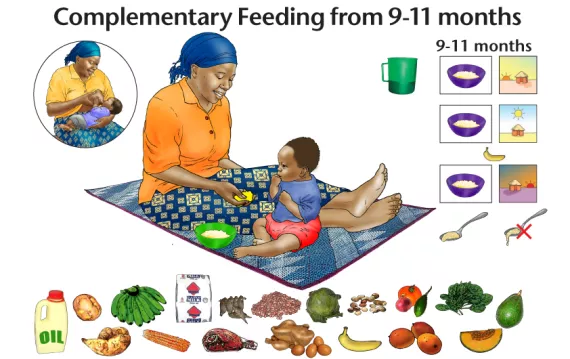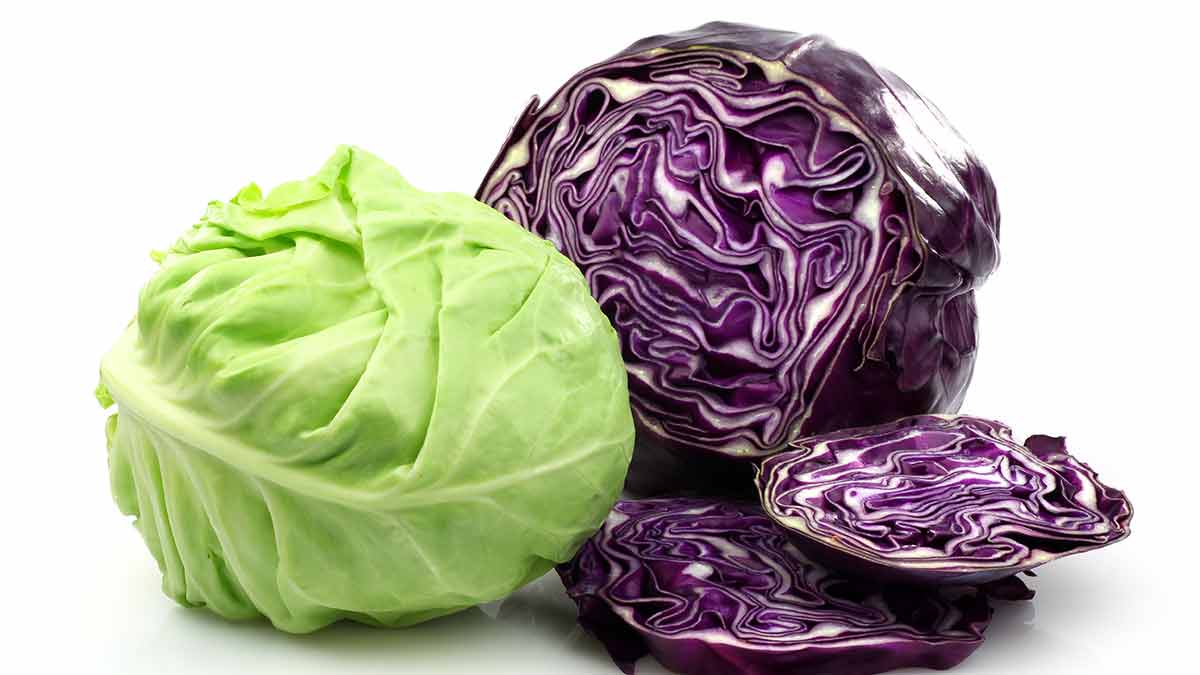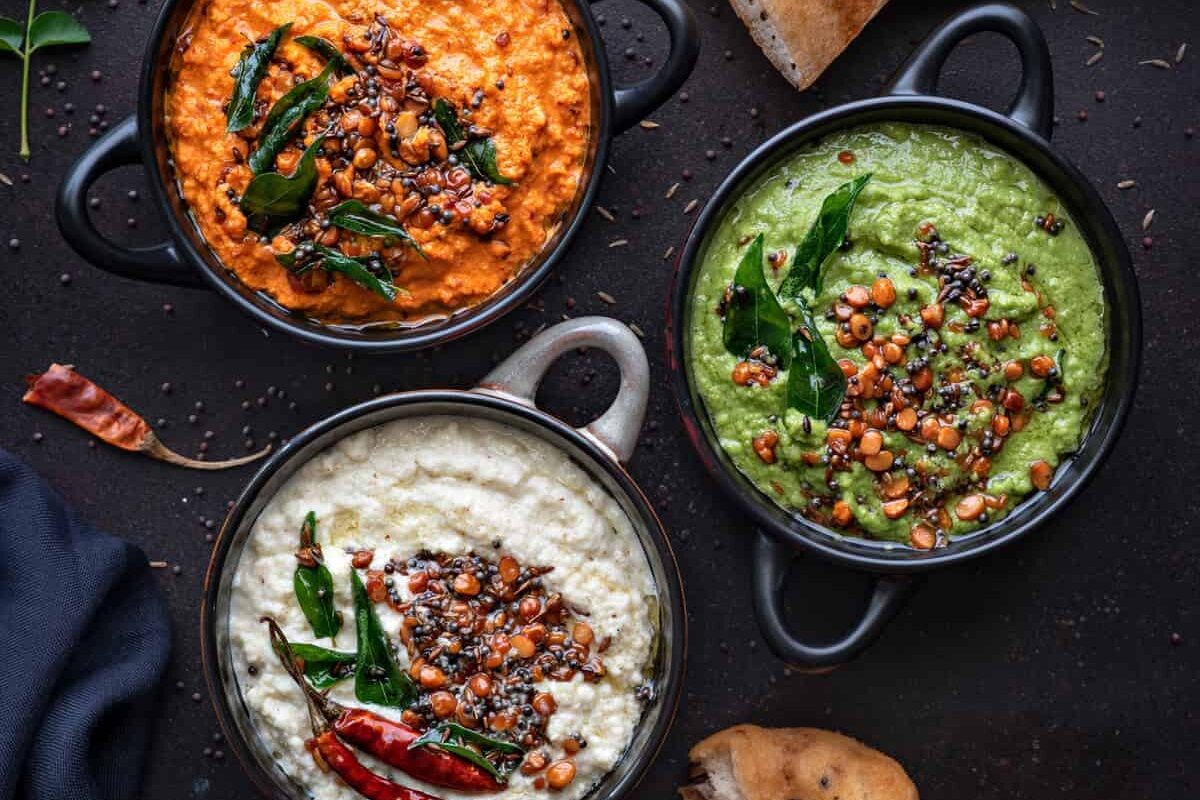Ensuring your child gets the adequate amount of nutrition they need after disaster or emergency may be a challenge. Here are some ways you can provide the best nutrition options to your babies and toddlers after a disaster.
The optimal feeding practice for infants from birth to 2 years is breastfeeding with complementary fresh foods and vegetables. After a disaster, children are often more susceptible to malnutrition, and sourcing fresh produce is often a challenge. Mothers are encouraged to continue breastfeeding their babies as this reduces the risk of malnutrition, infectious diseases, and serious illnesses during emergencies. Breastfeeding is the safest way to feed your baby; post-disaster, water for cleaning bottles and teats is limited.
If the child has stopped breastfeeding for a period of three months or less, the mother can try to reintroduce breastmilk through the process of re-lactation, this is where the mother uses multiple breast stimulation exercises which sends hormonal signals throughout the body to switch on breast milk production.
Although fresh fruits and vegetables are the best choices, the only source of fruits and vegetables available post-disaster for feeding children from six months may come in a can. The next best option would be fruit packed in natural juice or water. If the canned fruit is in syrup and vegetables in brine, drain and rinse if possible before preparing; try to provide a variety of these foods in adequate amounts 2–3 times a day for babies 6–8 months and increase to 3–4 times daily between 9 to 24 months. Food should be prepared pureed, mashed, or cut into age-appropriate pieces for children to eat.
The World Health Organization (WHO) states that “by 12 months, most children can eat the same types of foods eaten by the rest of the family;” therefore, parents should try to ensure that their children eat enough nutrient-dense foods such as animal-sourced foods like meat, poultry, fish, eggs, and dairy products to support growth, and brain development and prevent iron deficiency anemia that is prevalent among infants, in Grenada, The WHO also advises that parents and guardians avoid giving drinks with low nutrient value, such as tea, coffee, and sugary soft drinks and also Limit the amount of juice offered. Before the event, store premixed infant formula, cereals, mixed baby foods in airtight containers, and an adequate supply of clean drinking water for infants and young children. You can visit GFNC’s social media pages and website for nutrition tips and adaptable healthy recipes for the whole family.





